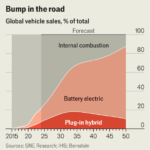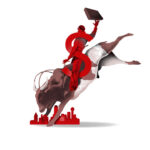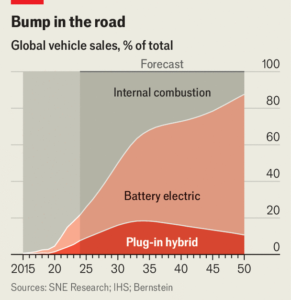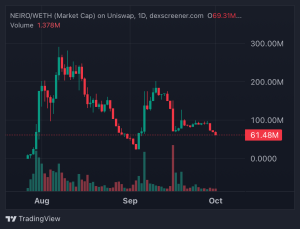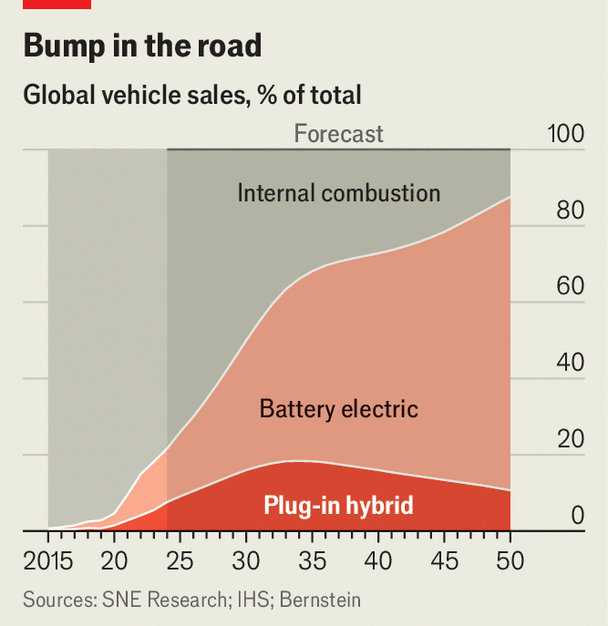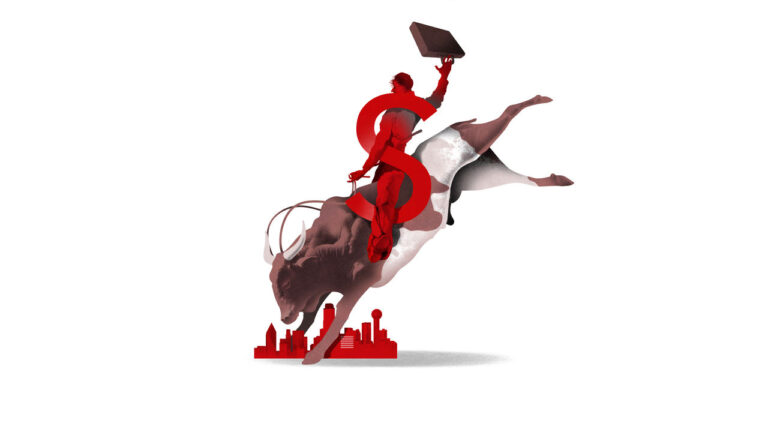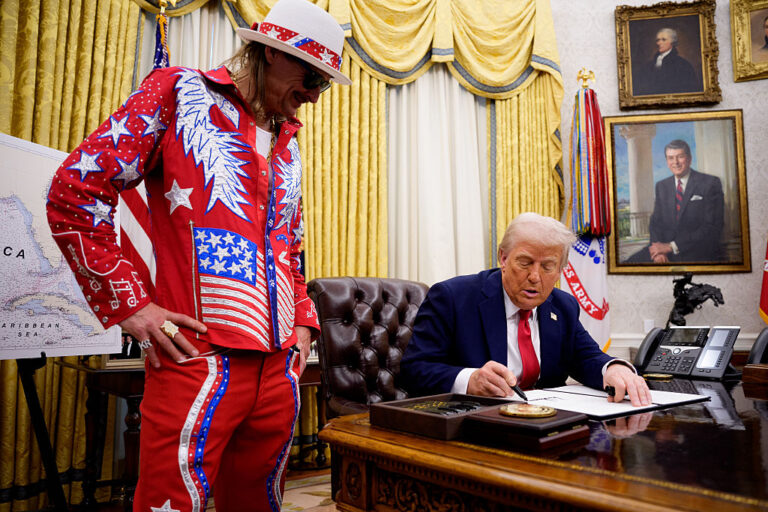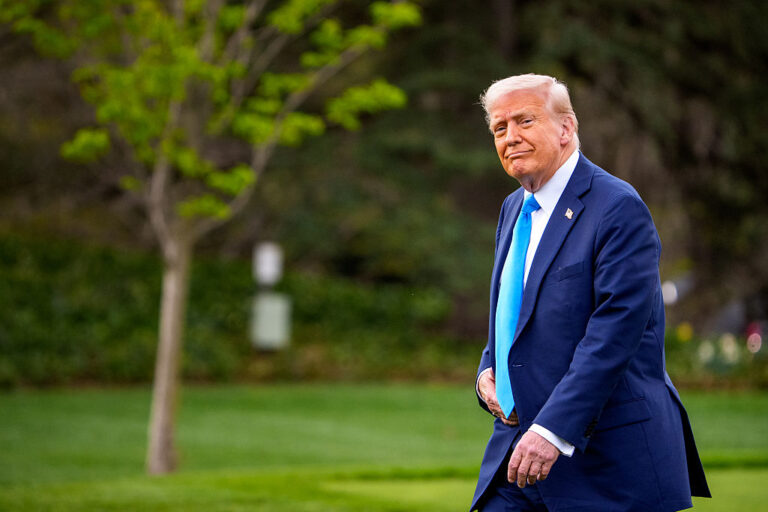
TO WESTERN PALATES baijiu is an acquired taste—and most never acquire it. China’s national fire water, at first whiff redolent of cheap potato vodka with a soupçon of fish sauce, is just too pungently unfamiliar. But whatever foreign investors plied with the stuff by their Chinese business partners make of the flavour profile, they appear to be lapping up shares in its makers.
Since China’s government announced a cocktail of policies to stimulate domestic consumption in late September, baijiu stocks have gone on a bender. Over the course of a week the biggest, Kweichow Moutai, gained nearly $90bn in market value—equivalent to a whole Diageo, the West’s top distiller, washed down with a Kirin. It is worth a cool $313bn, more than Coca-Cola. Throw in its six main rivals, also up by 40% or so, and the market capitalisation of big baijiu exceeds half a trillion dollars.
It is not just the distillers who are benefiting from the week-long rally. The share prices of large Chinese brewers look just as frothy. That of Nongfu Spring, China’s biggest water-bottler, has increased by a third. This compares with a rise of 25% for the CSI 300 index of mainland blue chips as a whole. In China, the way to an investor’s heart suddenly appears to be through the throat. Will it all end in a nasty hangover?
Not necessarily. There is a lot to admire about the Chinese beverage industry—most of all, its eye-watering profitability. Consider China’s most valuable producer of baijiu, water and beer, respectively. Last year 92% of Kweichow Moutai’s nearly 150bn yuan ($21bn) in sales was pure gross profit. For Diageo the figure was 60%. In terms of operating margin, Nongfu (at 33%) bests digital titans like Alphabet, Google’s parent company (31%), and Tencent, China’s most valuable firm (30%), let alone rival water-pedlars such as Danone, owner of Evian (13%). Bud APAC, the listed Asian subsidiary of the world’s mightiest brewer, AB InBev, offers a better return on capital than its Belgian-American parent.
All three firms are placing an interesting wager on the future of China’s consumer economy. When hundreds of millions of Chinese shoppers first came into some disposable income a couple of decades ago, they were happy to try any product in any category. After years of conspicuous consumption many customers are now becoming more discerning, not least because of the slowdown of the property market and the hit to sentiment. The stimulus at least offers hope of lifting the gloom. But Kweichow Moutai, Nongfu and Bud apac are also hoping to make themselves especially indispensable to customers, by standing out on quality.
This task is simplest for the baijiu company. It controls 94% of the market for the very finest hooch, which sells for 1,200 yuan or more per half-litre bottle. It is distilled in Guizhou province and matured in ancient cellars. Virtually no other company has such facilities—or, given that the most coveted sort dates back to the Ming dynasty, which ended in 1644, any chance of getting their hands on one for another few centuries. Kweichow Moutai also enjoys a decades-old reputation as the go-to tipple at the top table of the Politburo or the People’s Liberation Army; its trademark white, red and gold bottle was a rare concession to branding even during Maoism at its greyest. As a result, the company can spend less on marketing than its rivals, reckons Morningstar, a research firm. Kweichow Moutai’s mastery lies in maintaining scarcity and a nationwide-distribution network, recently bolstered by a digital platform that enables it to respond to demand from retailers and other buyers in real time.
Nongfu, on the other hand, has built a brand from scratch. Since its founding in 1996 it has marketed its core product as natural spring water from idyllic sources. This sets it apart from the distilled variety sold by many competitors—and enables it to charge a premium. The company is diversifying into other ready-to-drink beverages such as sugar-free tea and juices, which today account for around half of revenues, up from 40% in 2019. As with its spring water, these appeal to health nuts—a cohort that, unlike China’s population as a whole, keeps multiplying.
The health benefits of Budweiser are less clear-cut. Still, it and its fancier sister brands, such as Corona, Hoegaarden and Goose Island, make up for it by offering Chinese drinkers a dose of exclusivity. In contrast to budget beers, sales of which have been declining for several years, the thirst for fancier pints persists. Bud APAC’s closest rival in this category is CR Beer, which distributes Heineken in the country. But most of CR Beer’s products have been engineered to be cheaper than water, as Euan McLeish of Bernstein, a broker, puts it. Another competitor, Tsingtao, tried to lift its flagship brand to premium status with the help of new packaging and celebrity singers. When their fame proved fleeting, so did the strategy.
Bottle shock
Kweichow Moutai, Nongfu and Bud APAC are banking on two developments. The first is the continued growth of high-earners. This looks like a safe bet. The ranks of Chinese bringing home on average $95,000 a year increased by 7% annually between 2017 and 2022, to 93m people, according to Bernstein. By 2027 they could number more than 120m. Another 200m may make $26,000 or so, up from 170m two years ago. Together that would be nearly the current population of America.
The beverage trio’s second assumption is that those high-earners will open their wallets as readily as Americans do. Their recent reluctance to spend has worsened China’s deflation and spooked investors fearful of its dampening effect on earnings; the three firms’ share prices remain below their highs of four or five years ago despite the latest surge. But as long as Chinese incomes grow, consumers will fancy a tipple. Investors still holding their nose could soon be taking a snifter. ■

